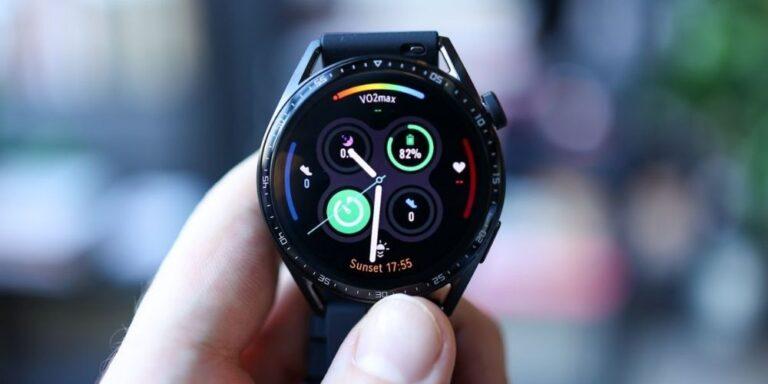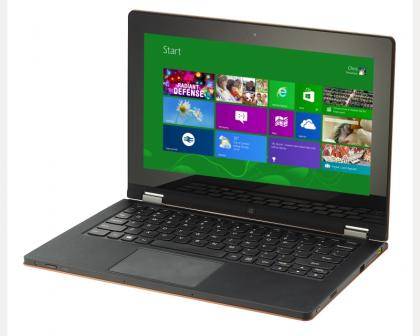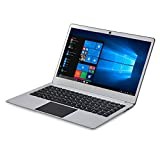What Size Solar Generator Do You Need for Home Backup?
For home backup power, selecting the appropriate solar power generator is crucial to ensuring that you can run your essential appliances uninterrupted during unplanned power outages. Choosing the right size, however, requires careful consideration of your household's power needs; it is not just about having enough energy but also about using it as efficiently as possible. If you choose a generator that is too small, it will not be able to meet your demands; on the other hand, opting for an oversized unit could mean unnecessary expenses. In this guide, we will walk you through the process and introduce excellent options, such as Anker solar generators.
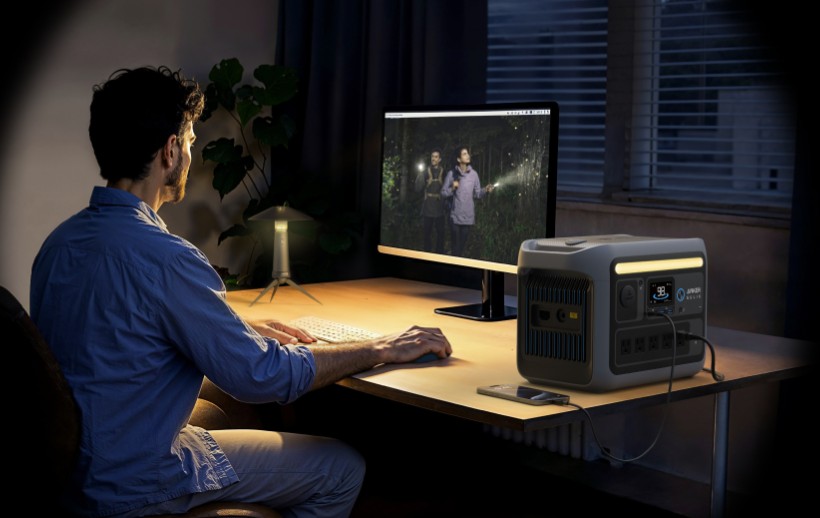
How Much Power Do You Need for Home Backup?
Starting with identifying the essential appliances you will want to keep running during a power outage, you can estimate how much power each will consume. Power requirements vary from household to household, depending on the number and types of devices that need electricity. When calculating power needs, prioritize items that are essential during a blackout, such as refrigerators, lights, communication devices, and medical equipment. Upon identifying the necessities, you may begin evaluating the power consumption of each, providing a greater understanding of the generator size necessary for your residence.
Identifying Critical Appliances
First things first when making a plan for a power outage: figure out which appliances are absolutely essential to your daily life. It typically consists of things like refrigerators, which keep food from going bad. Lights, which make things visible and safe, and communication devices, such as laptops and smartphones. You might also want to think about bringing along any necessary medical gear, like a CPAP machine, for your specific needs. A label or user manual should be able to tell you what an appliance's wattage is. You can make sure that your solar power generator can handle all of your essentials in the event of a power outage by making a list of all of your appliances and their power requirements.
Calculating Power Consumption
Next, you will need to determine how much power each appliance consumes. A refrigerator, for instance, might use 600 watts of electricity, while a light bulb could use as little as 60 watts. To get an idea of how much power your generator needs to handle all at once, add up the wattages of all your essential devices. For example, if your total appliance usage is 1200 watts, you will want a generator that can handle at least that amount.
Estimating Total Energy Requirements
You may calculate your approximate energy use by adding up the power and runtime of all of your appliances. Power in watt-hours (Wh) is the unit of measurement here. In the event of a power outage, a 600-watt refrigerator would take 3000 watt-hours to operate for five hours. In order to have a good idea of how much power you will require, you should do the same for all of your necessary appliances. With this sum in hand, you should have no trouble finding a solar generator with enough energy storage and output to keep your home powered in the event of a protracted blackout. You may calculate your approximate energy use by adding up the power and runtime of all of your appliances. Power in watt-hours (Wh) is the unit of measurement here. In the event of a power outage, a 600-watt refrigerator would take 3000 watt-hours to operate for five hours. In order to have a good idea of how much power you will require, you should do the same for all of your necessary appliances. With this sum in hand, you should have no trouble finding a solar generator with enough energy storage and output to keep your home powered in the event of a protracted blackout.
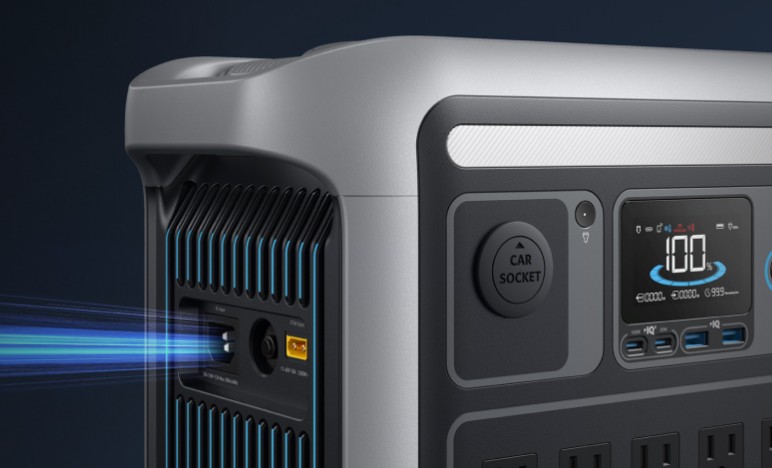
How to Calculate Solar Generator Size Based on Your Needs?
You can choose the solar generator of the right size for your needs once you calculate your entire energy use. The output capacity, in watts (W), and the battery capacity, in watts-hours (Wh), determine the optimal generator size. You can operate more appliances at once with a bigger battery and more energy stored in it. To make sure you can swiftly recharge the generator in the event of a long outage, you should also consider the input capacity and charging time of the solar panels. In this way, you may be confident that your solar generator will provide enough power for your day.
Understanding Watt-hours and Battery Capacity
The battery capacity of a solar generator is measured in watt-hours (Wh). This measurement is crucial to find out how long your appliances will be powered by the generator. One example is the 768Wh battery capacity of the Anker SOLIX C800 Plus solar generator. If you need 768 watts for an hour or 384 watts for two hours, it's got you covered. Having this knowledge will allow you to coordinate the generator's battery capacity with your power demands. An appliance with 600 watts of electricity needs a generator with sufficient battery capacity to operate it for several hours.
Matching Generator Output to Your Energy Usage
You should check the overall wattage of your important appliances against the output capacity of your solar generator to make sure it can manage your energy demands. A generator with an output capacity of 1200 watts or more is required, for instance, to power many appliances that each use 1200 watts of power. In such a case, the 1200W Anker SOLIX C800 Plus Solar Generator would be ideal. In addition, the SOLIX C800 Plus and other generators with surge protection can withstand short power surges of up to 1600 watts, allowing them to keep running even when things get tough.
Considering Solar Panel Input and Recharging Time
When choosing a solar generator, it is important to think about the input from the panels and how long it takes to recharge, particularly during long power outages. Solar panels can swiftly replenish the generator, so you won't have to worry about running out of electricity. The Anker SOLIX C800 Plus Solar Generator, for example, can take in as much as 300W of solar power and get back to 80% in just 2.3 hours. Because of its effective charging technology, you can create electricity all day long without having to wait for lengthy periods of time. Also, the 100W solar panel is a dependable, sustainable energy source for this generator.
What Types of Solar Generators Are Available?
There is a wide variety of solar generators available to meet a wide range of power requirements. Solar generators come in a variety of sizes and styles to meet your needs. Small power demands and outdoor activities are best handled by portable generators, while longer power outages may be handled by mid-range generators with more capacity. A full house may be kept operational during extended blackouts by using a whole-home generator. Considering your energy needs may help you make a well-informed selection since each variety has its own set of benefits. From the smallest and most portable to the biggest, let's have a look at the features of each variety.
Portable Solar Generators
Because of their small size and low weight, portable solar generators are perfect for use during camping trips, other outdoor activities, or temporary power outages. Lights, phones, and small kitchen equipment can usually be powered by these generators. One great example of a portable solar generator is the Anker SOLIX C800 Plus. It's small, lightweight, and produces 768Wh of electricity. With its small size and 100W solar panel, it is ideal for powering devices while traveling. This compact generator packs a powerful punch, powering important appliances and charging quickly, making it an excellent emergency backup choice.
Mid-range Solar Generators
For longer power outages, more demanding power demands are best met by mid-range solar generators, which have a larger energy capacity than portable devices. Backup power for hours or days may be provided by these generators, which can support a larger variety of equipment, including laptops, TVs, and refrigerators. Homeowners who encounter intermittent outages often choose them since they are both portable and have a good power capacity. In order to keep your home powered during extended blackouts, a mid-range generator is a good investment. These generators often have a bigger battery capacity and can be connected to numerous solar panels for faster charging.
Whole-home Solar Generators
When the electricity is off for a long time, a whole-house solar generator can keep the lights on and the appliances functioning. To provide long-lasting, sustainable energy, these systems often include numerous solar panel inputs and huge battery capacities. Although they aren't as portable and might be pricey, they provide a complete solution for houses in regions that have regular or long outages. Several electrical equipment, including HVAC systems, big freezers, and others, may be powered by whole-house generators all at once. In the event of a power outage, whole-house solar generators are the way to go for those seeking total autonomy from the grid.
Conclusion
Selecting the right solar power generator for your home depends on understanding your energy needs and matching those with the appropriate generator size. A home's optimal generator type and size may be determined by cataloging essential appliances, ascertaining their power consumption, and projecting overall energy demands. The most important thing is to discover a solution that meets your energy demands while being efficient and dependable, whether it's a whole-home system, a portable device like the Anker SOLIX C800 Plus, or a mid-range generator. Even in the event of a power outage, your house can keep running with the right-size solar generator.


